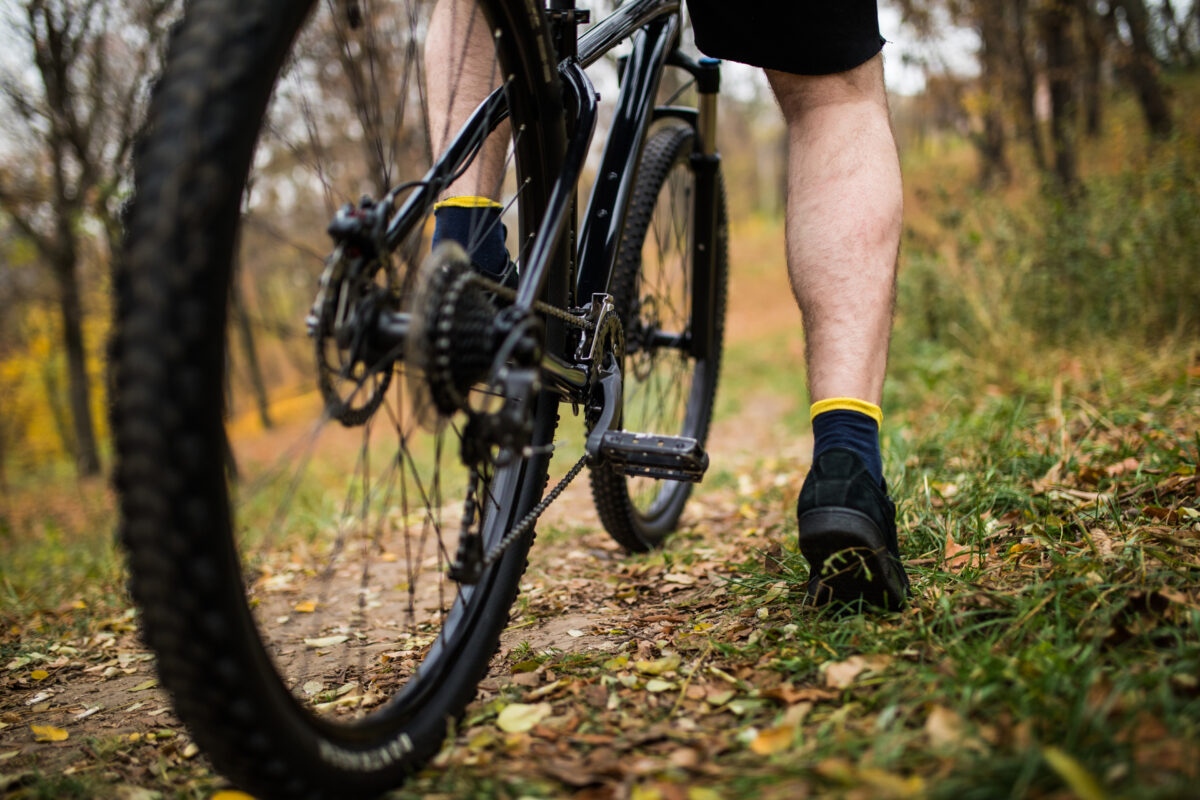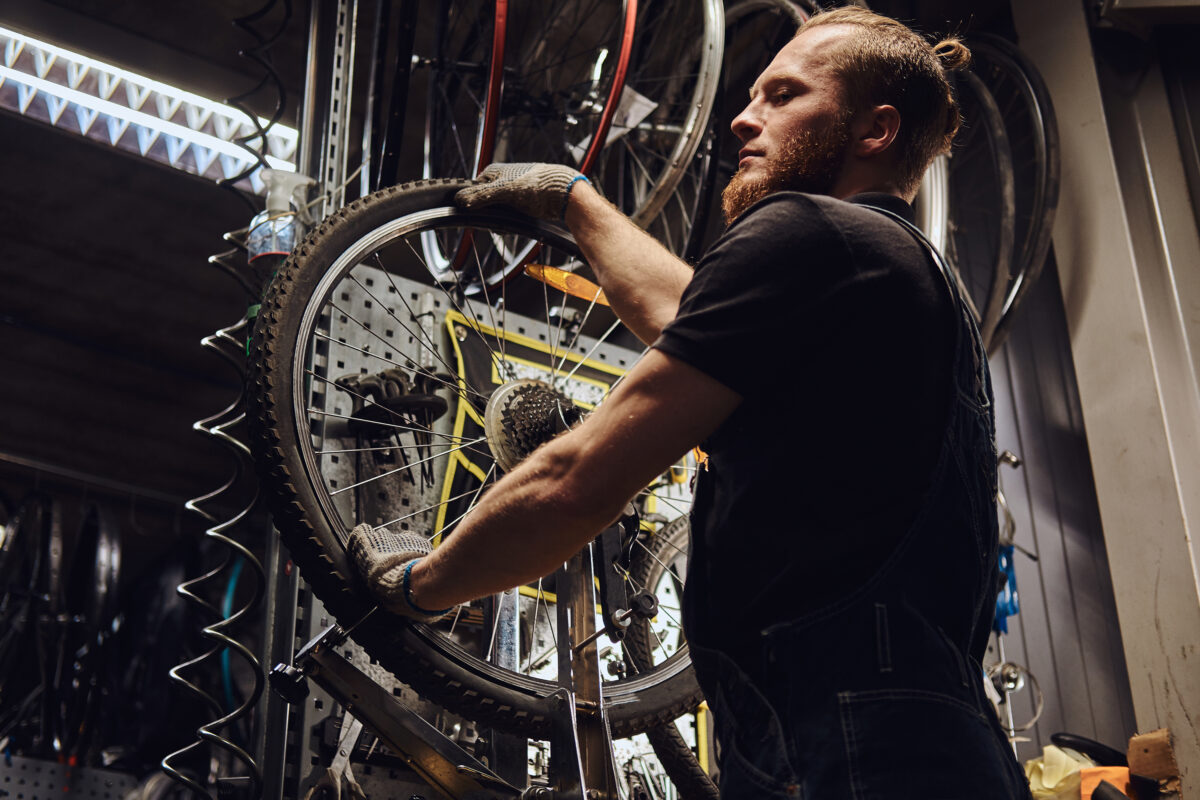With their arrival, disc brakes have revolutionized the braking experience in the cycling world, offering undeniable improvement over conventional brake shoes.
However, not everything is perfect. If we have to point out a disadvantage to disc brakes, we’ll probably all think about that annoying squealing noise that they sometimes emit. But don’t worry; in this article, we will explain the causes behind this noise and provide solutions to avoid it, so you can ride without discomfort!
Disc Brakes: what causes the noise?
Moisture can be one of the temporary reasons behind the squeaking noise. Fortunately, this kind of noise will disappear on its own when it dries out. Another fairly common cause is the buildup of grease, dust, and dirt on your disc brakes. In addition to the discomfort this buildup can cause, it can lead to a loss of braking power.
It can also happen that brake pad wear itself is the cause of the annoying noise. This tends to happen, especially when the metal backplate rubs directly against the disc, generating that characteristic clattering sound. If this is the case, special care must be taken, as the greater the wear, the greater the risk of damaging the disc on every ride.
If you suspect that the sound may be caused by the braking system itself, it is essential that you address the fault as soon as possible to avoid more serious problems. Remember that if the disc, pads, or calipers are not correctly aligned, they can cause friction and vibration, generating this characteristic noise and, worse still, disrupting the normal operation of your bike.

How to solve it?
Identifying where the noise is coming from should always be the first step. Once we have identified it, it’s time to find a solution!
A quick and easy solution, in most cases, is to disassemble and give the components a good cleaning. When cleaning the discs, remember to always use a specific disc brake cleaner (or, failing that, isopropyl alcohol, which is the base for these solutions). Make sure not to contaminate other elements during the process.
“And what do I do with the brake pads?” Remove them, check them, and clean them. If you find them smooth and shiny when you remove them, they may indicate wear and/or contamination. In these cases, you can clean them with an isopropyl solution and sand them to restore their roughness. If they are excessively worn, replace them.
Still have doubts? You can help yourself with this video.

Also, when removing the pads, take the opportunity to inspect the caliper for brake fluid leaks or worn seals. These leaks, mostly caused by worn piston seals, can contribute to squealing. And remember, this is a problem that tends to increase with the number of kilometers driven.
Finally, one thing to bear in mind when reassembling all the components, don’t forget to check that the brakes are correctly aligned, as a disc correctly centered between the pads ensures even braking and, above all, prevents squealing.
By following these tips, you should be able to eliminate the noises that occur when braking. If they persist, it could be indicative of more complex problems, and in that case, we recommend you visit your trusted mechanic to avoid further problems and ensure safety on the road. Keep pedaling!”

